5 unanswered questions from the True Detective: Night Country finale
We may know who committed the crimes, but there are still plenty of mysteries left in Ennis
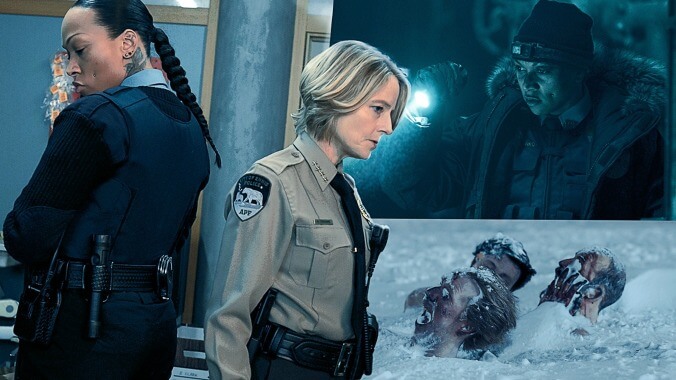
For a series that makes a big deal out of asking the right questions, the finale of True Detective: Night Country sure left us with a lot of open-ended ones. Or maybe, as Jodie Foster’s Liz Danvers puts it, “Some questions just don’t have answers.” That’s not going to keep us from asking them, though. While season four’s two big murder cases were solved in the 75-minute episode, there are still some lingering mysteries that left us feeling less than satisfied. That’s not unusual for a show like True Detective, which always leaves some room for ambiguity and speculation. In fact, that’s part of the fun of it. So now that the final credits have rolled, let’s pull on some of those dangling threads and puzzle over the enigmas left behind at the end of the season.

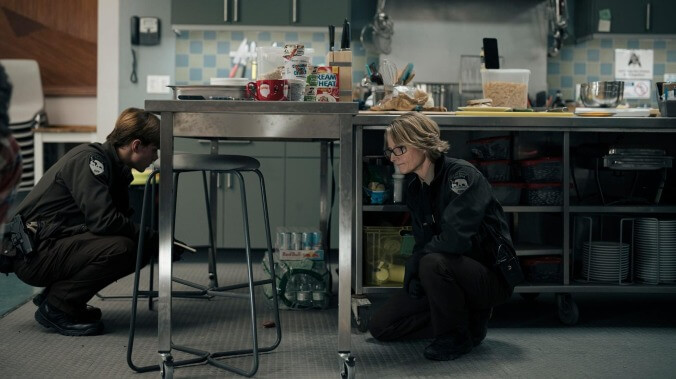
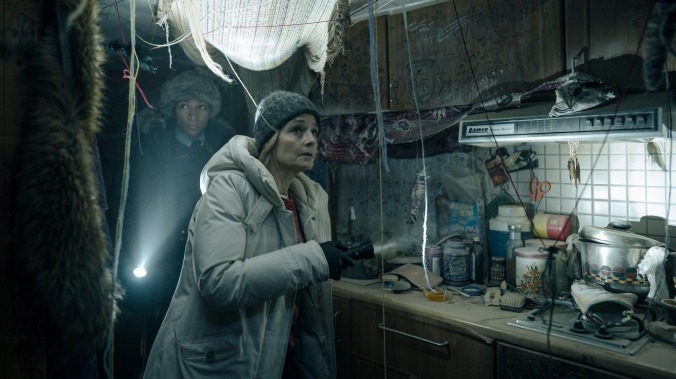
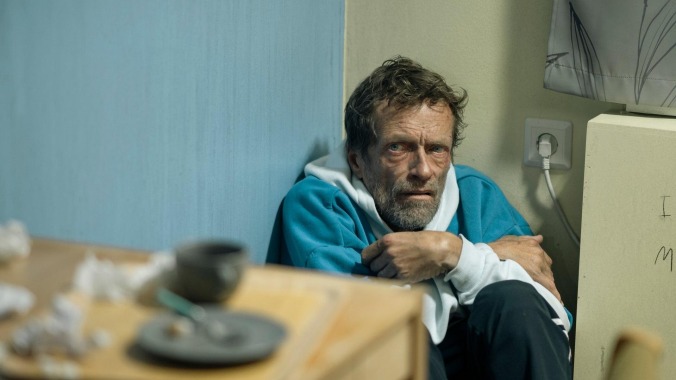
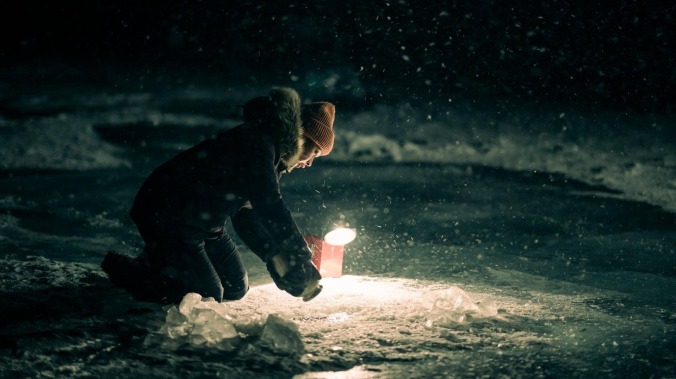
 Keep scrolling for more great stories from A.V. Club.
Keep scrolling for more great stories from A.V. Club.